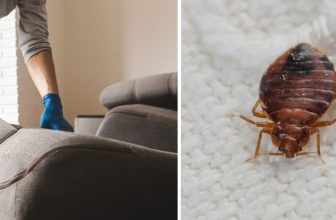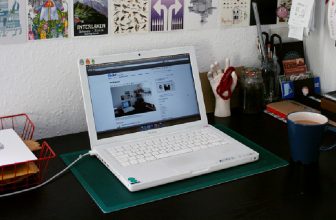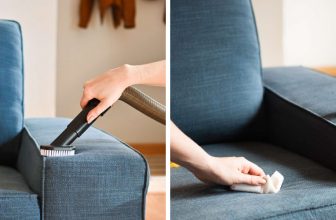How to Remove Water Stains From Fabric Sofa
Are there noticeable water stains on your fabric sofa? Trying to get them out without refinishing the entire surface can seem daunting, but it doesn’t have to be! With a few simple household items and extra care, you can easily remove those pesky water stains from your beloved fabric sofa.
If you’re dealing with a water stain on your fabric sofa, start by blotting the area with a clean, dry cloth. There are a variety of methods for removing water stains from fabric sofas, and each one may require some trial and error.
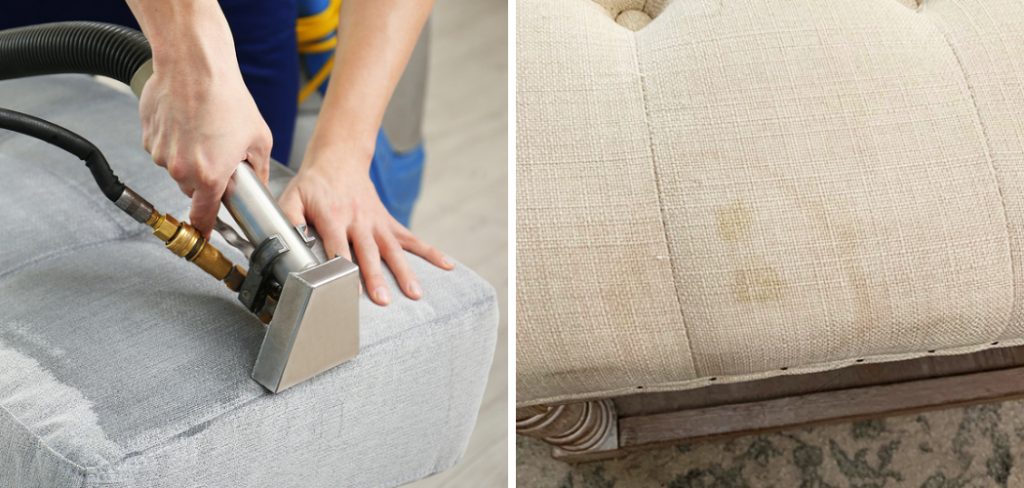
In this post, we will guide you step by step through the process of restoring your furniture piece and give tips for preventing future staining. So don’t fret – read on and learn how to remove water stains from fabric sofa to look as good as new!
What Will You Need?
Before starting the water stain removal process, gather all the items you’ll need. Here’s what you will need to get started:
- A clean, dry cloth
- White vinegar
- Mild liquid detergent or soap
- Baking soda
- Water
- Vacuum cleaner (optional)
Once you have gathered the necessary items, you’re ready to begin removing water stains from your fabric sofa.
10 Easy Steps on How to Remove Water Stains From Fabric Sofa
Step 1. Blot the Stain Using a Dry Cloth:
As soon as you notice a water stain on your fabric sofa, it’s important to blot the area with a clean, dry cloth. This will help remove some of the moisture and prevent the stain from settling in deeper. Be careful not to rub the area, as this can cause more damage than good.
Step 2. Create a Vinegar Solution:
Fill a spray bottle with one part white vinegar and two parts water. This mixture is an effective solution for removing stains from the fabric. It is also a great way to neutralize the odor of the stain.
Step 3. Spray the Stain:
Spray the stain with the vinegar solution and let it sit for a few minutes. This will help break down any residue that has built up on your sofa, making it easier to remove. If the stain is still present, you can repeat this step until it begins to lighten.
Step 4. Blot the Stain Again:
Once you’ve sprayed the stain with the vinegar solution, use a dry cloth to blot the area. This will help remove any remaining residue or moisture that may be present. Be gentle and take your time, as this will ensure that no further damage is done to your fabric sofa.
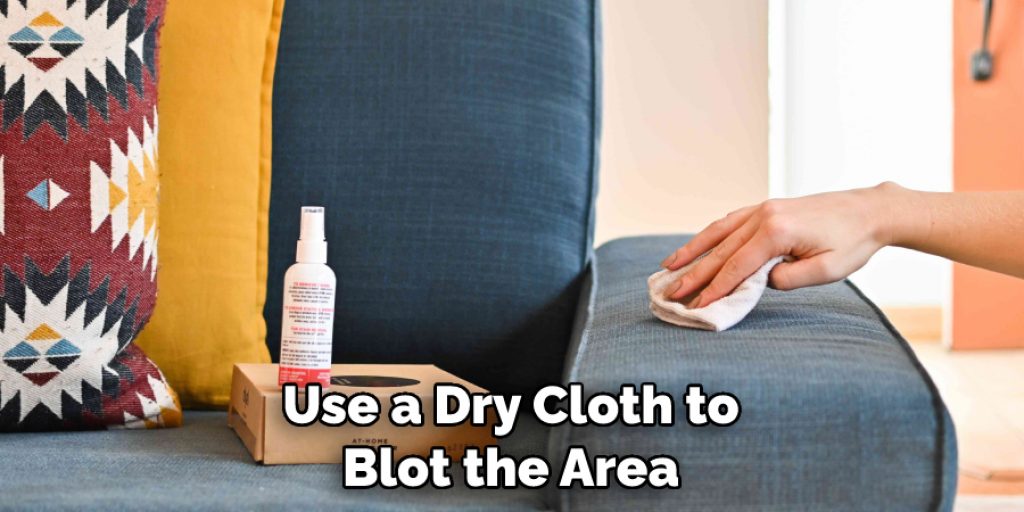
Step 5. Create a Soap and Water Solution:
Mix a small amount of mild liquid detergent or soap with warm water in a bowl. Then, dip the cloth into the solution and wring out any excess liquid. Try to avoid getting the cloth too wet, as this can cause more damage than good.
Step 6. Dab the Stain with Soapy Water:
Using soapy water and cloth, gently dab the stained area. Take your time and be gentle, as aggressive rubbing can cause more damage to the fabric. Once you’ve finished dabbing, use a dry cloth to blot the area once again.
Step 7. Sprinkle Baking Soda on the Stain:
Sprinkle a generous amount of baking soda over the stained area. The baking soda will help absorb any remaining moisture, lifting the stain from the fabric. Leave the baking soda on the fabric for around 10 minutes before vacuuming it.
Step 8. Vacuum Away Baking Soda:
Using a vacuum cleaner, gently remove any excess baking soda that is present on the fabric. This will help remove any remaining residue or moisture that may be present. Moreover, it will also help restore your fabric sofa to its original condition.
Step 9. Blot with a Clean Cloth:
Once you’ve vacuumed away the baking soda, use a clean, dry cloth to blot the area once more gently. This will help absorb any residual moisture, lifting the stain from the fabric. Ensure that you are gentle and take your time, as this will help ensure no further damage to the fabric.
Step 10. Apply for Fabric Protection:
To protect your fabric sofa from future staining, apply a fabric protector to the surface. This will help repel water and other liquids, keeping your sofa looking as good as new for years to come! Remember always to read and follow the instructions on the product’s label.
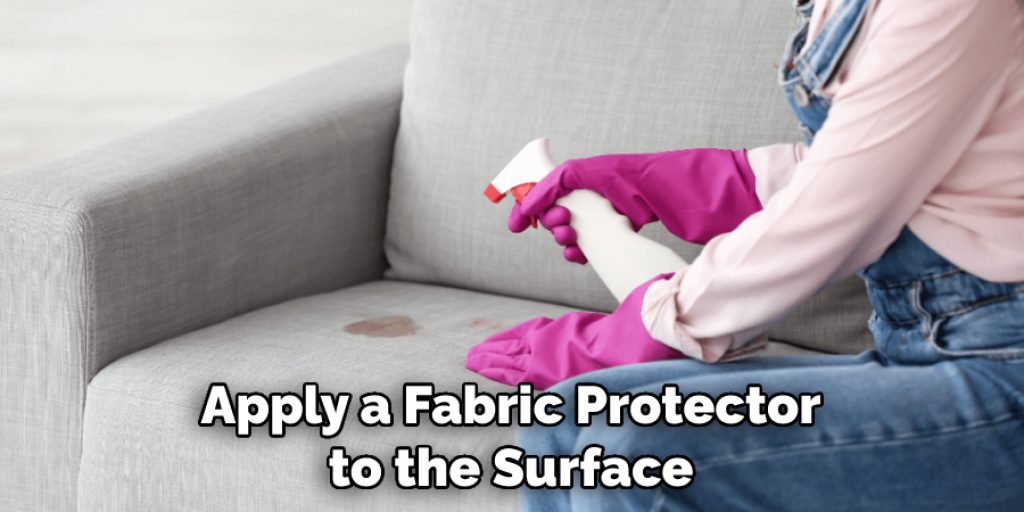
And that is how you can remove water stains from fabric sofas! With just a few simple steps, you can restore your furniture piece and have it look as good as new in no time. Be sure to take your time and be gentle throughout the process, as this will help ensure that no further damage is done to the fabric.
5 Additional Tips and Tricks
- Establish a consistent filing system for both digital and physical documents. This will help you quickly find whatever document you need when needed.
- Utilize software or apps that can automate certain tasks such as accounting, emails, calendar events, etc. This will save time that could be spent on other, more pressing tasks.
- Don’t be afraid to delegate tasks- you don’t have to do it all yourself! Know when to turn to others for help and provide clear instructions when delegating.
- Take breaks throughout the day to rest your mind and reset your focus. This will help increase productivity in the long run.
- Make sure to have a plan for the day and create achievable goals. This will help you stay organized and on top of your tasks.
By following these tips, you can be sure that you are optimizing your productivity most efficiently!
5 Additional Tips and Tricks
- Avoid using harsh chemicals, such as bleach or ammonia, for cleaning fabric sofas. These products can damage the material and may lead to discoloration.
- Never rub a stain aggressively, as this could cause further damage to the fabric sofa. Always blot gently with a clean cloth when treating stains.
- Do not use a steam cleaner on fabric sofas, as this can cause permanent damage to the fabric.
- Avoid using hot water for cleaning fabric sofas, as this could shrink or discolor the material. Instead, use warm water and mild detergents or cleaning solutions.
- Never leave items on your fabric sofa, as this can cause stains and other damage. Instead, blot away any moisture with a dry cloth immediately after a spill.

By following these tips, you can protect your fabric sofa from water stains and keep it looking as good as new for years to come! As always, take your time and be gentle when cleaning fabric sofas. This will help ensure that no further damage is done to the material.
Do Water Stains Go Away?
Water stains can be difficult to remove, depending on the type of surface and severity of the stain. Generally, water stains can be removed by immediately wiping up any standing liquids or spills and using a soft cloth dampened with warm soapy water to clean the area. If that doesn’t work, you may need a mild abrasive cleaner to scrub the stain away gently.
In some cases, water stains can be treated with a mixture of one part vinegar and three parts hot water. You may need to seek professional help for more persistent or stubborn stains.
If you take the necessary steps soon after a spill occurs, most water spots can be removed quickly and easily. However, if the stain is left for too long, it can become impossible to remove. Therefore, addressing any water stains quickly is important to avoid permanent damage or discoloration.
Does Lemon Water Remove Stains?
Lemon water is a popular cleaning agent and stain remover because of its natural bleaching properties. It can be used to remove light stains from fabrics, dishes, and other surfaces. To use lemon water as a stain remover, mix one part lemon juice with two parts warm water. Then, apply the mixture directly onto the stained area and allow it to sit for a few minutes.
You can then scrub the area with a soft brush or cloth before rinsing off the lemon water. For tougher stains, you may need to repeat the process several times.
In addition to its stain-removing properties, lemon water has many other uses, such as disinfecting surfaces, removing odors, and degreasing cookware. However, it is important to note that lemon water should not be used on marble or other porous surfaces as it can cause discoloration.
Overall, lemon water is an effective stain remover for certain materials and can help keep your home looking clean and fresh!
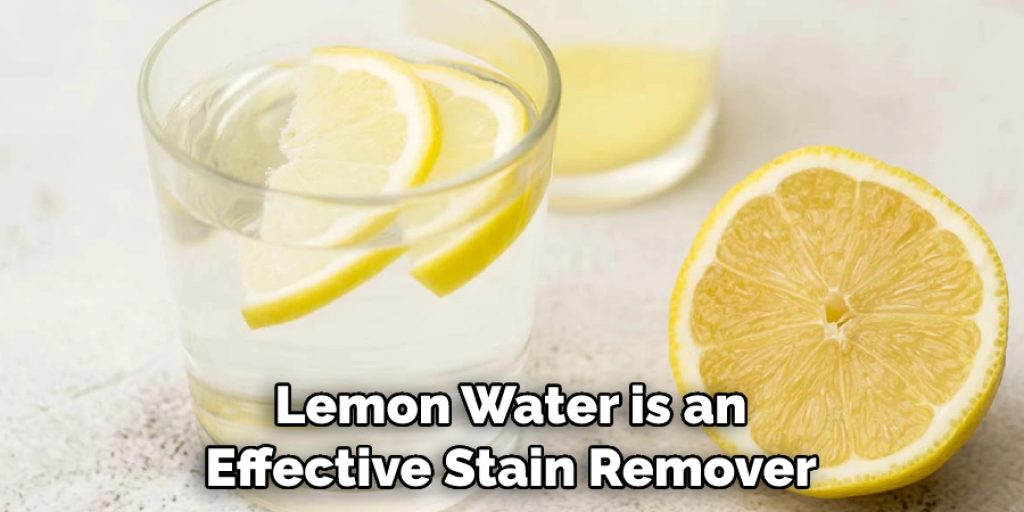
Conclusion
Ultimately, removing water stains from fabric sofas requires diligence, a bit of elbow grease, and the use of proven methods. Despite what quick fixes may promise, it is important to be patient about the process as you work your way toward beautiful results.
We hope our instructions have been helpful and that you now feel confident removing those pesky water marks from your furniture! At the end of the day, whether it’s through avoiding spills or blotting up any accidents quickly, prevention is key when it comes to keeping your upholstered furniture looking its best. Don’t forget to care for them with proper cleaning and conditioning products so that they don’t wear out prematurely.
Taking all these tips on how to remove water stains from fabric sofa into account will guarantee that your fabric sofa remains in tip-top condition for years to come.


